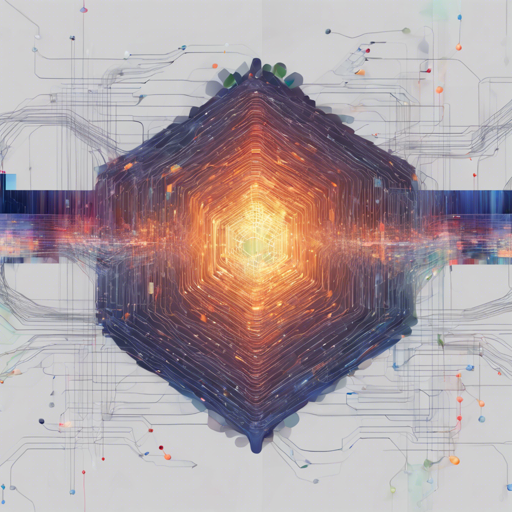If you’re diving into the world of computer vision and looking to enhance image and video recognition capabilities, you might want to explore Improved Residual Networks (iResNet). This guide will take you step by step through the process of implementing iResNet using PyTorch, explaining each part in a user-friendly manner. Let’s begin!
What is iResNet?
The Improved Residual Network (iResNet) is an advancement in deep learning that enhances the baseline ResNet’s performance in recognition tasks without increasing the number of parameters or computation costs. This makes iResNet particularly effective for training very deep models, achieving higher accuracy levels on datasets such as ImageNet.
Getting Started
Requirements
- Install PyTorch
- Download the ImageNet dataset following the official PyTorch ImageNet training code
- For a faster option without deep learning library installations, use NVIDIA-Docker. We suggest using this container image.
Training the iResNet Model
To train an iResNet model with a depth of 50 layers, follow these steps:
result_path=yourpathtosaveresultsandlogs
mkdir -p $result_path
python main.py --data yourpathtoImageNetdataset --result_path $result_path --arch iresnet --model_depth 50Make sure to replace yourpathtosaveresultsandlogs and yourpathtoImageNetdataset with the actual paths on your machine.
Understanding the Code: An Analogy
Think of training a neural network like building a complex structure, such as a multi-layer cake. Each layer of the cake represents a layer in the neural network—its depth. The ingredients you choose (the data and the hyperparameters) determine the cake’s taste (the model’s performance). When you run the training code, it’s like putting the cake in the oven. If you set the right time and temperature (parameters for training), you’ll get a delightful cake, or in our case, a well-performing model!
Troubleshooting
If you encounter any issues during installation or training, consider the following troubleshooting tips:
- Ensure all paths are correct and directories exist.
- Check your PyTorch installation; make sure it is compatible with your CUDA version if you are using GPU acceleration.
- Refer to the logs generated in the
result_pathfor error messages that can help identify what went wrong.
For more insights, updates, or to collaborate on AI development projects, stay connected with fxis.ai.
Accuracy Results
The following table summarizes the accuracy achieved by both ResNet and iResNet on the ImageNet dataset:
| Network | 50-layers | 101-layers | 152-layers | 200-layers |
|---|---|---|---|---|
| ResNet | 76.12% (model) | 78.00% (model) | 78.45% (model) | 77.55% (model) |
| iResNet | 77.31% (model) | 78.64% (model) | 79.34% (model) | 79.48% (model) |
Conclusion
In this blog, we explored how to implement the Improved Residual Network using PyTorch. With this enhanced model, you can streamline your image and video recognition tasks effectively. Remember, continuous practice and exploration of the provided resources will sharpen your skills and capabilities in AI.
At fxis.ai, we believe that such advancements are crucial for the future of AI, as they enable more comprehensive and effective solutions. Our team is continually exploring new methodologies to push the envelope in artificial intelligence, ensuring that our clients benefit from the latest technological innovations.

